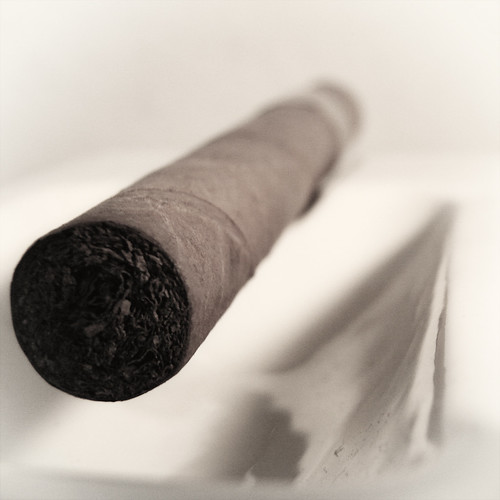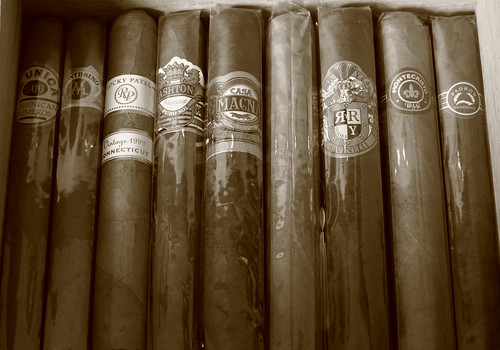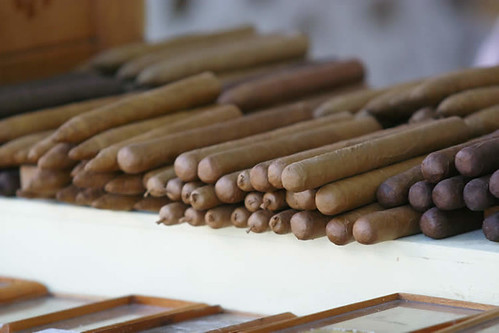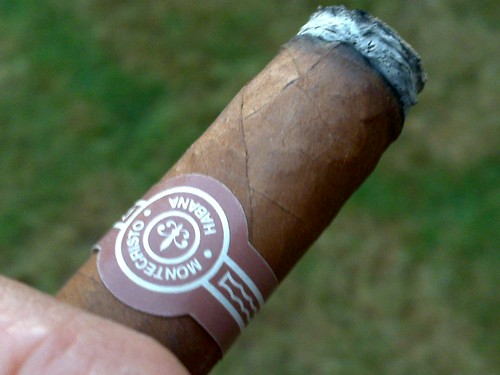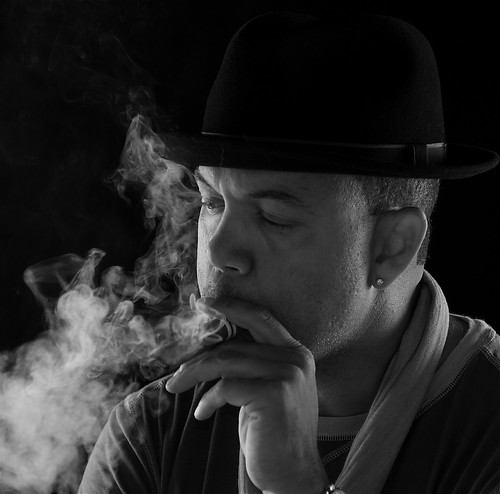
It may be the world's most renown generic product name, and
one that brings a special glint to the eye of connoisseurs everywhere; Cuban
cigars. For stogie lovers, no matter where they're found, there is simply
nothing more special that to light-up any one of a number of famous Cuban cigar
brands. And some of the world's most famous cigar enthusiasts have some pretty
strong preferences when it comes to relaxing with one of these deliciously
decadent indulgences.
Shakespeare's Progeny
Winston Churchill was not a man much taken with moderation
and self-restraint when it came to consuming delicious and enjoyable items. He
once commented to an interviewer, “My rule of life prescribed, as an absolutely
sacred rite, smoking cigars, and also the drinking of alcohol, before, after,
and if need be, during all meals, and in the intervals between them.” So it
should come as no shock that a man holding such a view would devote a
considerable about of energy to procuring the best of each of these items.
While he enjoyed several different brands, by far and away
his favorite cigars were the Romeo y Julieta brands, one of Cuba's
finest. He employed a number of suppliers over the years, and always had 3000
to 4000 on hand, in a special room he had constructed for just that purpose.
His butler once lamented that Mr. Churchill normally spent more on cigars in
two days than he made weekly in salary.
Not Made in Chinatown
As a long time cigarette smoker, Jack Nicholson had long
wanted to quit, but just the inhaling part. His chance came while filming The
Last Detail in Canada in 1973. His character turned out to be a cigar
smoker, so Jack started trying different brands as the filming progressed.
Since Cuban cigars can be legally purchased in Canada,
Nicholson started trying different brands, and by the time the shooting was
over, he was a Montecristo smoker for life. He won't reveal his
stateside sources, where they're illegal, but he manages to have one in his
hand several times a day. At least if his source dries up, he always can turn
to an e-cigarette.
Game Over
Most basketball fans usually know a game has concluded when
the time clock hits double zero. But for many years, fans in Boston knew that a
game was over the moment legendary coach, Red Auerbach, fired up one of his notorious cigars, while
seated on the bench next to his team. At least nowadays, with ecigs and
ecigars, he wouldn't break any rules.
Red once remarked that the only thing that brought him more
joy than a Celtics win was a great cigar. And when he said “great”, he meant
Cuban. Auerbach's smoke of choice was the Hoyo de Monterrey. This is one
of the premiere cigars in the history of Cuba, grown in the fabulous Vuelta
Abajo region of Pinar del Rio. And while Red is no longer with us, if you
look hard enough, you can still see one or two Celtics banners hanging in
various aging sheds around Cuban's most western province.
No Joking Matter
One of the more unlikely lovers of Cuban cigars is the
multi-talented, and impossible to define, Whoopi Goldberg. Whoopi delights in
breaking barriers and defying stereotypes, which may have something to do with
her not only enjoying the tradition “man's treat” of a good cigar – but Cuban
ones to boot.
Whoopi generally prefers smaller cigars, but on special
occasions, she loves to break out the good stuff. That's when you'll see her
with one of Cuba's signature brands – the Cohiba. Apparently her
philosophy is, if you're going to smoke one, make it the best. A sentiment she
shares with all lovers of Cuban cigars.
Resources:

